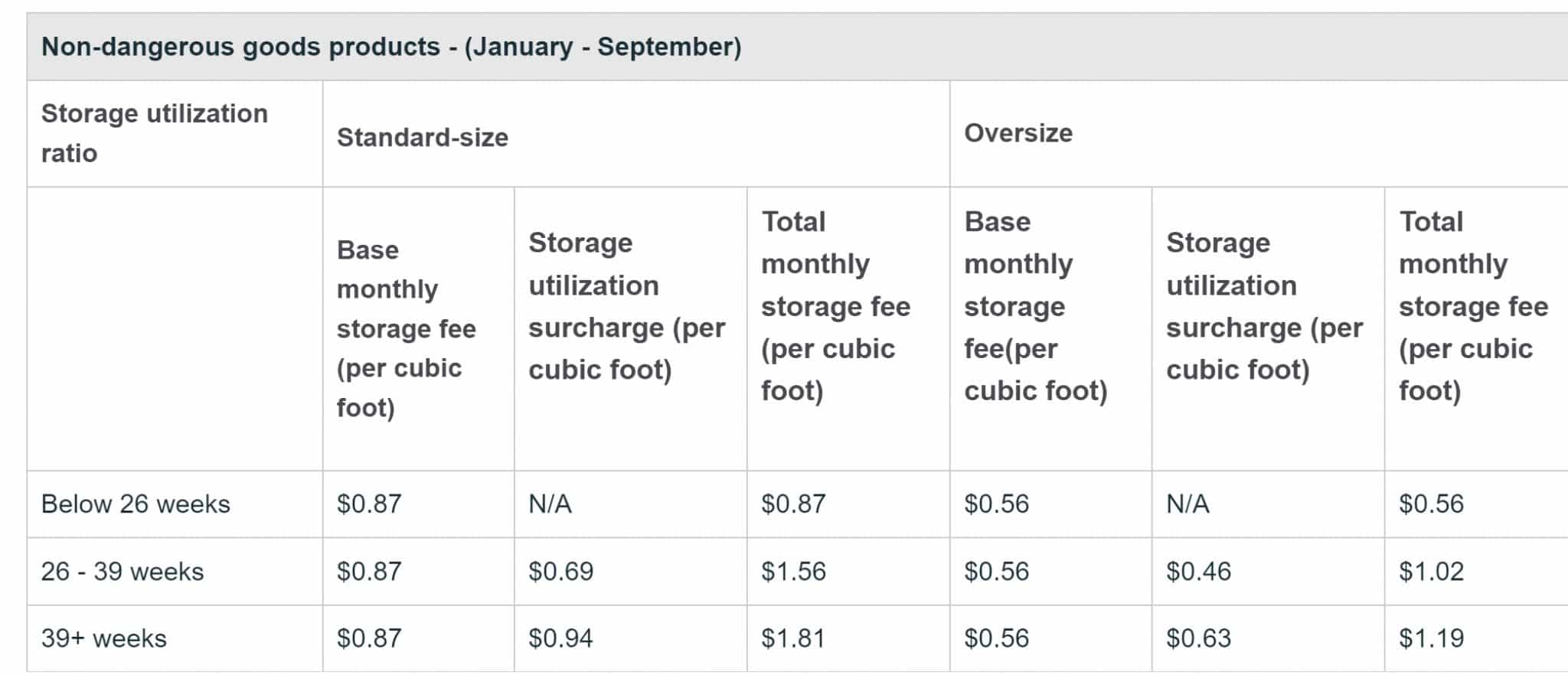Amazon Selling & FBA Fees Calculator
This is an Excel based fee calculator. Check out our web based FBA Fee Calculator.
Updated for February 2024 for New Amazon Fees. Use “as-is” and please report any bugs in the comments section.
Amazon Excel Fee Calculator
We've compiled a comprehensive and transparent spreadsheet to calculate the trust cost of selling fees on Amazon. There are a lot of variables that can affect your true cost of selling on Amazon. This calculator will give you a completely transparent breakdown of how these fees are calculated so you can plan appropriately and reduce your costs as much as possible.
How to Use this Spreadsheet
Fill in the Inputs columns in blue. The spreadsheet will automatically calculate important outputs in yellow. The spreadsheet has four categories of fees: Amazon FBA fees, Amazon Referral Fees, Amazon Storage Fees, and Costs of Goods.
How to Save on Amazon Selling Fees
There are some simple strategies you can take to reduce your Amazon selling fees as much as possible. Here's some practical advice for reducing Amazon FBA fees, Amazon referral fees, Amazon Storage Fees, and other inbound fees.
Amazon Referral Fees
Amazon referral fees are fairly straightforward. Most categories on Amazon charge a flat 15%. Some categories are slightly higher and lower, however. For example, automotive has only a 12% referral fee while jewellery has a 20% referral fee. You can be creative and deliberately mis-categorize your items for lower referral fees. Be wary of this though as this can have negative effects on SEO as item category is a very significant ranking factor on Amazon.
Be aware that Amazon also has a minimum $1 referral fee for almost all categories. This, however, should not impact you unless you sell very low-value items.
Amazon FBA Fulfillment Fees
Amazon FBA fulfillment fees are where sellers can often underestimate costs. There are a few ways in which sellers under-estimate costs:
- Mis-calculating the size tier of an item and/or Amazon mis-measuring an item
- Having dimensional weight applied to a bulky item (“dim-weighted”)
- Paying heavy ‘aged inventory' surcharges (which are above and beyond the base storage rates)
As many of us know, Amazon has several different size categories for items and shipping rates are calculated accordingly. Before you ever begin to sell an item you must determine what size category it is in. Once you actually send items in to Amazon, confirm that the dimensions of your items that Amazon measures matches up with what you measured. Amazon makes frequent mistakes. If there's any discrepancies, ask Amazon to re-measure your items.
You must also always be acutely aware of dimensional weight. Dimensional weight is calculated as Weight x Length x Height /139. Whichever is greater between your actual weight and dimensional weight, Amazon will use it as your shipping weight (UPS, FedEx, and most major carriers use similar formulas). Being dim-weighted can increase your Amazon FBA shipping fees significantly.
Amazon Storage Fees
Amazon storage fees are dictated by the size category of the item and the season. Amazon charges approximately 300% more during peak, October to December. It also charges about 40% more for standard-size items than oversize items. It's important to know that while Amazon storage fees may seem relatively cheap on a per item basis, Amazon storage fees are typically anywhere from 100%-800% more expensive than a third-party logistics provider, especially during peak season (Amazon charges around $170/pallet during peak whereas most 3PLs charge around $20/pallet).

Storage fees are even more crippling when aged inventory storage fees are taken into account. Every effort to avoid storing inventory at Amazon longer than 6 months must be avoided – at that point, the approximate cost per pallet of goods is a staggering $240+.
Amazon Placement Fees
Part of Amazon's big 2024 fee hike was for a placement fee. This placement fee is added when you choose to have your goods shipped to one location. Depending on how you ship your products into Amazon (whether you use Amazon Global Logistics, small parcel or LTL) paying the placement fee may or may not make sense for you. Regardless, you need to consider these costs when calculating your true profitability.
Inbound FBA Fees
There is a significant cost of landing your items at Amazon FBA warehouses. There are both inbound shipping costs and handling fees from third-party logistics providers (if you are using one). In general, you should try to ship to Amazon direct without using a 3PL as long as you can sell through your inventory in 6 months or under. We have an excellent article on shipping full containers and LCL freight directly into Amazon. Using a 3PL adds costs, and transit times, and increases the likelihood of out-of-stockages.
